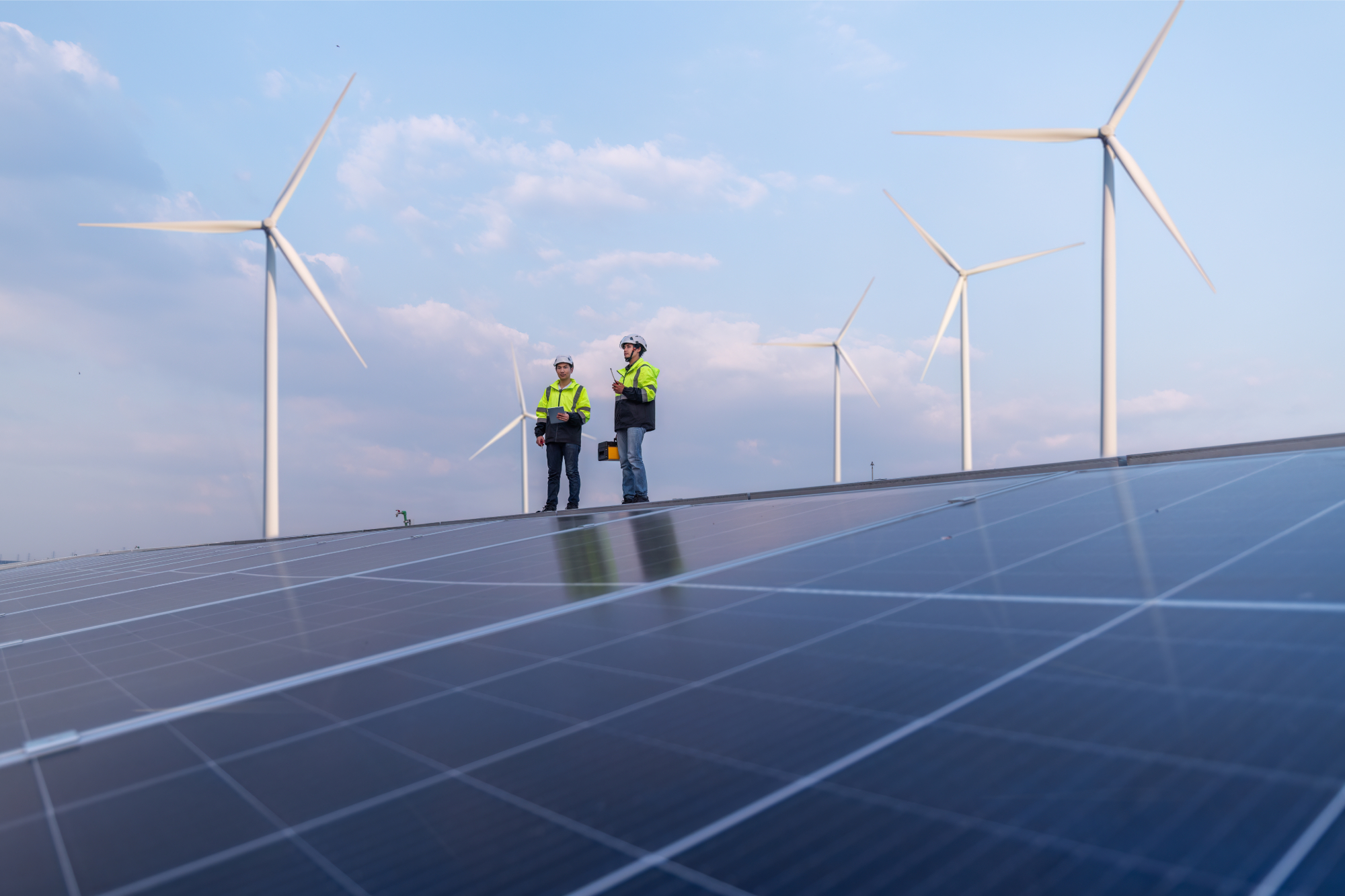Published on 30 July 2024
Energy Casualty Market Update H2 2024
Published on 30 July 2024
The Energy Casualty market, influenced by international and US dynamics, faces challenges and opportunities.
International Casualty
Facing a pessimistic run-up to the reinsurance renewals on January 1, 2024, with many treaty reinsurers expressing concerns about the market, most reinsurance buyers ended up with as before type renewals, correlating with direct buyers seeing flat renewals. Insureds that are willing to change their panel of insurers are in some instances seeing moderate decreases given that there remains an abundance of capacity for most buyers in the international energy liability space.
There is still a lot of caution from insurers where international liability risks have any US exposures, and we expect this element of accounts to continue to be a difficult write-off for those markets that favor non-US risks.
It also ought to be mentioned that insureds have paid increases in premiums over multiple renewal cycles, so there is hope that we are at, or very close to, rate adequacy, and this has filtered through to underwriting results.
US Energy Casualty
Loss deterioration from previous years remains a prominent issue, with losses from 2019–2021 showing significant worsening. Certain insurers, both in London and domestically, are reassessing their risk appetite and seeking to reduce their exposure at specific attachment points and within certain sub-classes.
We are observing a trend of large domestic US insurers reducing their limits on lead umbrellas and prioritizing pricing on primary lines such as auto liability, general liability, and workers’ compensation. USD5mn lead umbrella limits are becoming far more common, whereas in recent years we have seen USD10mn.
General liability rates are experiencing increases ranging from +2.5% to +7.5%, whereas umbrella rates are experiencing +5% to +10% increases.
While there is still ample capacity available in the excess liability market in London, claims inflation remains the primary factor impacting loss records, as the increasing frequency and severity of litigated claims continue to place significant pressure on excess liability carriers.
As settlements grow and nuclear verdicts become more common in trials, carriers across all segments are closely examining the limits and premiums associated with their excess products to ensure sustainability.
Companies with larger fleets or losses are facing capacity challenges due to severely litigated auto liability and bodily injury claims, which continue to erode profitability for London insurers.
The upstream space has stabilized since Markel withdrew from JH Blades a couple of years ago. JH Blades has a new facility, but it appears to be less powerful than it was when the authority sat in-house.
While the market is not devoid of losses, it is in a stable place, and the reinsurance renewals at both 1/6 and 1/7 were relatively uneventful. It is anticipated the January 2025 renewals will be driven by reinsurers results following the 2024 Natural Catastrophe season.

Billy Quelcutti
Billy returned to London in 2021 having been on a secondment to the US where he was working for Alesco’s regional office in Houston as a local wholesale energy broker. Having spent over 5 years in both the London and Houston energy markets, Billy has extensive knowledge of the global energy space from both an insurance and customer perspective. Billy originally joined Alesco in London in 2014 where he was recruited to focus on North American energy casualty business. Billy specializes in all aspects energy, power and renewables.
Billy started his career in 2010 for Price Forbes & Partners as an energy casualty technician and after a few years added some broker responsibilities to his skillset and began designing and placing large multinational energy casualty placements across the London, European and International markets.


